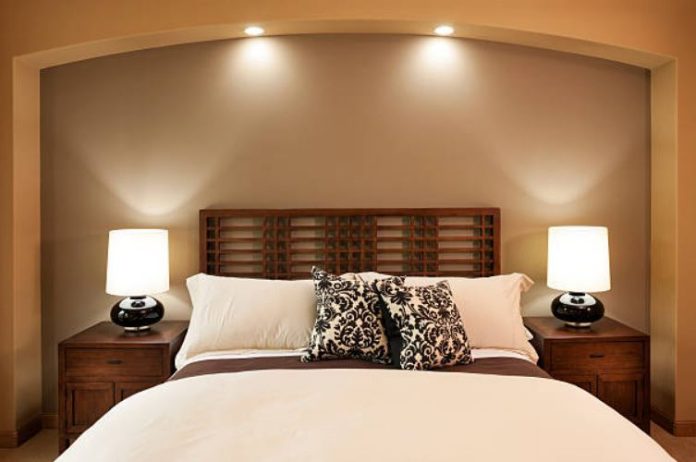When it comes to Feng Shui home decorating, it’d be incomplete if the subject of Feng Shui colors were not mentioned.
The whole Chinese culture is based on the metaphysical system of “I-Ching,” which classifies everything in the whole universe into “Yin” and “Yang.”
This “Yin/Yang” concept further branches itself into the “5 Elements,” which are Metal, Water, Wood, Fire, and Earth. From here comes the interesting game of the manipulation of the various forms of these elements.
For example, in TCM (Traditional Chinese Medicine), the lungs are of the Metal element; the kidneys, water; the liver, wood; the heart, fire, and the stomach, earth.
It’s the careful manipulation of balancing these elements in the forms of their various representations that this whole medicine, one of the finest in the world, has been founded upon.
By the same token, in Feng Shui, the directions are also classified into different elements: West is of the Metal element; North, water; East, wood; South, Fire and center, earth.
Thus the whole game of Feng Shui home decorating is just how well these 5 elements are utilized according to the unique characteristics each element dictates.
In terms of Feng Shui colors, “Metal” is represented by the colors “golden, silver, and white,” whereas “Water” is “blue, gray and black;” “Wood,” “green and wooden-like;” “Fire,” “red, orange, pink and purple” and “Earth,” “brown and yellow.”
Of course, the utilization of these elements can be carried out in a very general way. But one can also go very deep and be very precise in the presentation of their significance in a very detailed fashion.
For example, it is often read from many a book on the subject of Feng Shui that, in order to enhance the well-being of the Eastern part of the house, one can simply put more of what represents the Wood element over there, such as plants, green pictures, wooden furniture, etc. just because East is Wood.
But this practice is, although partially correct in theory, very misleading in actuality because that is not how Feng Shui decorating is to be done.
Ancient Feng Shui texts dictate that one is to deduce the correct choices for element employment from the further interaction of the “Yin” and “Yang,” rather than just with the elements themselves.
In other words, the true Feng Shui master will order the employment of various elements based upon not just the directions themselves, but the configuration of the “Flying Star Feng Shui” which is a calculation methodology that blends together the interactions among the 5 elements in various dimensions.
Namely, such methodology takes into account the time-space spectrum to come up with the “Flying Star Table” which will serve as the blueprint for authentic Feng Shui tips to be applied.
To completely understand the “Flying Star Feng Shui” methodology will take a very long time of thorough study; however, to apply what it reveals can be easily done – just as one doesn’t have to be an electrician to be able to use electricity by flipping a switch.
Therefore, the most correct applications of the Feng Shui colors will only be done in accordance with the configurations dictated by the “Flying Star table” itself.
Hence the need to come up with the most appropriate set of numbers within the “Flying Star table” with which to reflect the various positions of these 5 elements before the right Feng Shui colors are put onto the right place.

